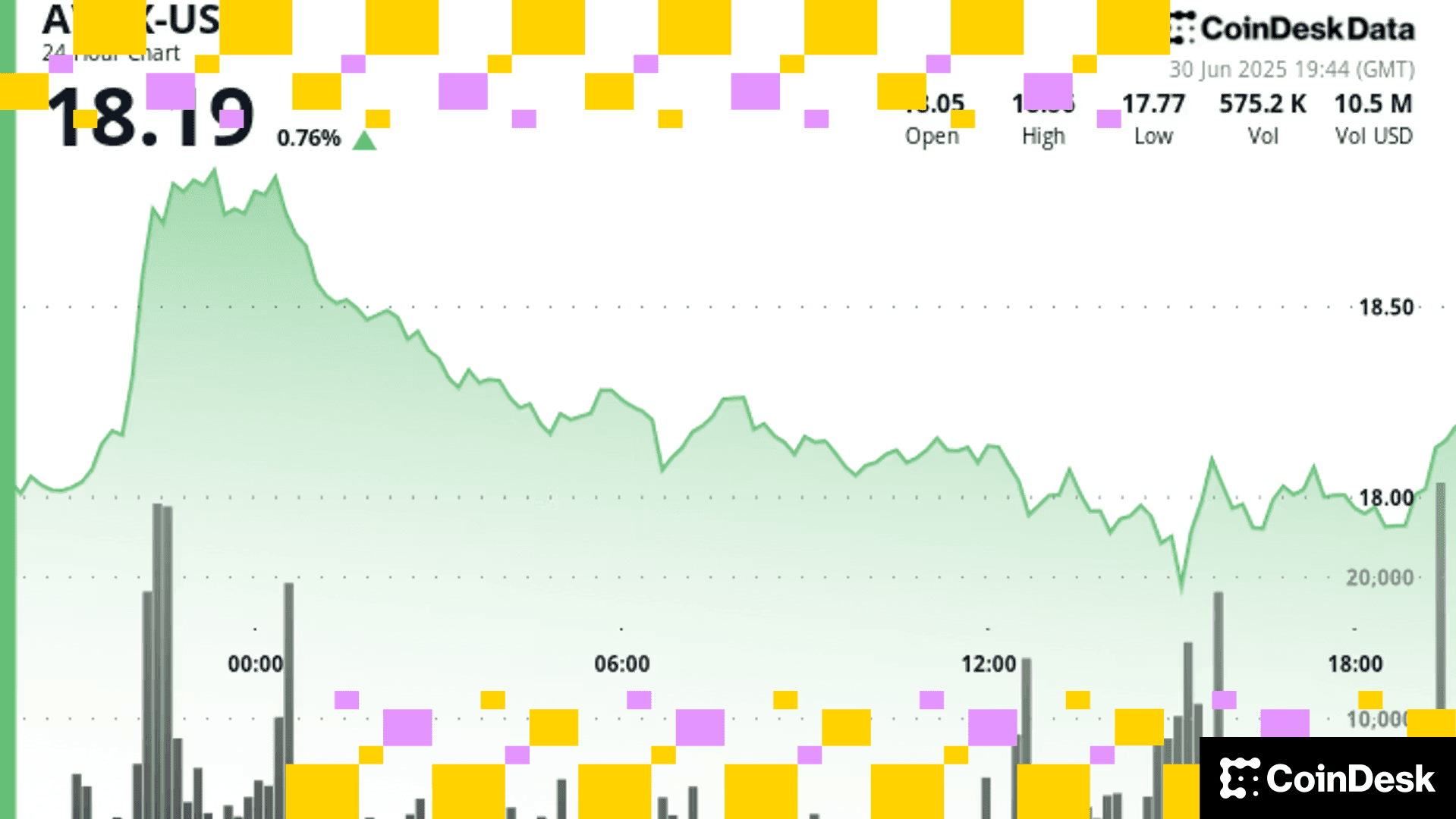UK to Start Further Development Work on ‘Likely Needed’ Digital Pound
The Bank of England and the Treasury are inviting the public to weigh in on plans for a digital euro that can be used for payments and purchases.

The Bank of England is starting further research and development work on a digital pound for purchasing goods and services – something that’s likely to be needed in the future, the regulator said Monday.
The central bank and the country’s finance ministry wants the public to weigh in on its plans for a digital version of the pound sterling, and will publish a consultation open to public comment on Tuesday.
"While cash is here to stay, a digital pound issued and backed by the Bank of England could be a new way to pay that’s trusted, accessible and easy to use,” Finance Minister Jeremy Hunt said in a statement to the press. Jon Cunliffe, deputy governor of the Bank of England, has previously said the U.K. may need a digital pound as a more secure alternative to private cryptocurrencies.
The U.K. is also busy setting up new regulatory frameworks that sets it apart in the region following its infamous exit from the European Union. Last week, the Treasury published its plans to regulate the country’s crypto sector, which – as industry members pointed out – deviated slightly from the EU’s Markets in Crypto Assets (MiCA) initiative.
The digital pound consultation is the U.K.’s answer to the European Central Bank’s (ECB) two-year investigation into a retail digital euro, which is expected to wrap this year and make way for a decision on issuing one.
As the Bank of England envisions it, a digital pound it issues would be accessible through digital wallets offered by the private sector via smartphones or smart cards. The central bank digital currency is intended for on- and offline payments with no interest paid on holdings, according to the announcement.
The Bank of England plans to run its own experimentation and design phase in the next two years, according to people familiar with the matter – which will be followed by a decision on whether or not to build a digital pound. A pilot test on its central bank digital currency won’t kick off until at least 2025.
Read more: UK Crypto Rules Set a Modest Post-Brexit Divergence From the European Union
The digital pound so far doesn’t sound too different from a potential digital euro, according to what’s laid out in the announcement. Neither would be fully anonymous but promises to preserve some level of privacy and be subject to data protection standards. There would be a limit on individual holdings and no interest paid on holdings, the release said. The ECB is also contemplating caps on issuance and individual holdings.
Regulated firms will be able to use the digital pound infrastructure to “design innovative, user-friendly services and handle all customer-facing interactions,” the press release said.
The decision on issuing a digital pound “will largely be based on future developments in money and payments,” the press statement said. The public's responses to the consultation, could also influence the decision.
The consultation, set to be published on Tuesday, will lay out the central bank’s plans in detail.
Read more: Some Central Banks Reportedly Looking to Issue a CBDC Within 10 Years
Больше для вас
Exchange Review - March 2025

CoinDesk Data's monthly Exchange Review captures the key developments within the cryptocurrency exchange market. The report includes analyses that relate to exchange volumes, crypto derivatives trading, market segmentation by fees, fiat trading, and more.
Что нужно знать:
Trading activity softened in March as market uncertainty grew amid escalating tariff tensions between the U.S. and global trading partners. Centralized exchanges recorded their lowest combined trading volume since October, declining 6.24% to $6.79tn. This marked the third consecutive monthly decline across both market segments, with spot trading volume falling 14.1% to $1.98tn and derivatives trading slipping 2.56% to $4.81tn.
- Trading Volumes Decline for Third Consecutive Month: Combined spot and derivatives trading volume on centralized exchanges fell by 6.24% to $6.79tn in March 2025, reaching the lowest level since October. Both spot and derivatives markets recorded their third consecutive monthly decline, falling 14.1% and 2.56% to $1.98tn and $4.81tn respectively.
- Institutional Crypto Trading Volume on CME Falls 23.5%: In March, total derivatives trading volume on the CME exchange fell by 23.5% to $175bn, the lowest monthly volume since October 2024. CME's market share among derivatives exchanges dropped from 4.63% to 3.64%, suggesting declining institutional interest amid current macroeconomic conditions.
- Bybit Spot Market Share Slides in March: Spot trading volume on Bybit fell by 52.1% to $81.1bn in March, coinciding with decreased trading activity following the hack of the exchange's cold wallets in February. Bybit's spot market share dropped from 7.35% to 4.10%, its lowest since July 2023.
Больше для вас












